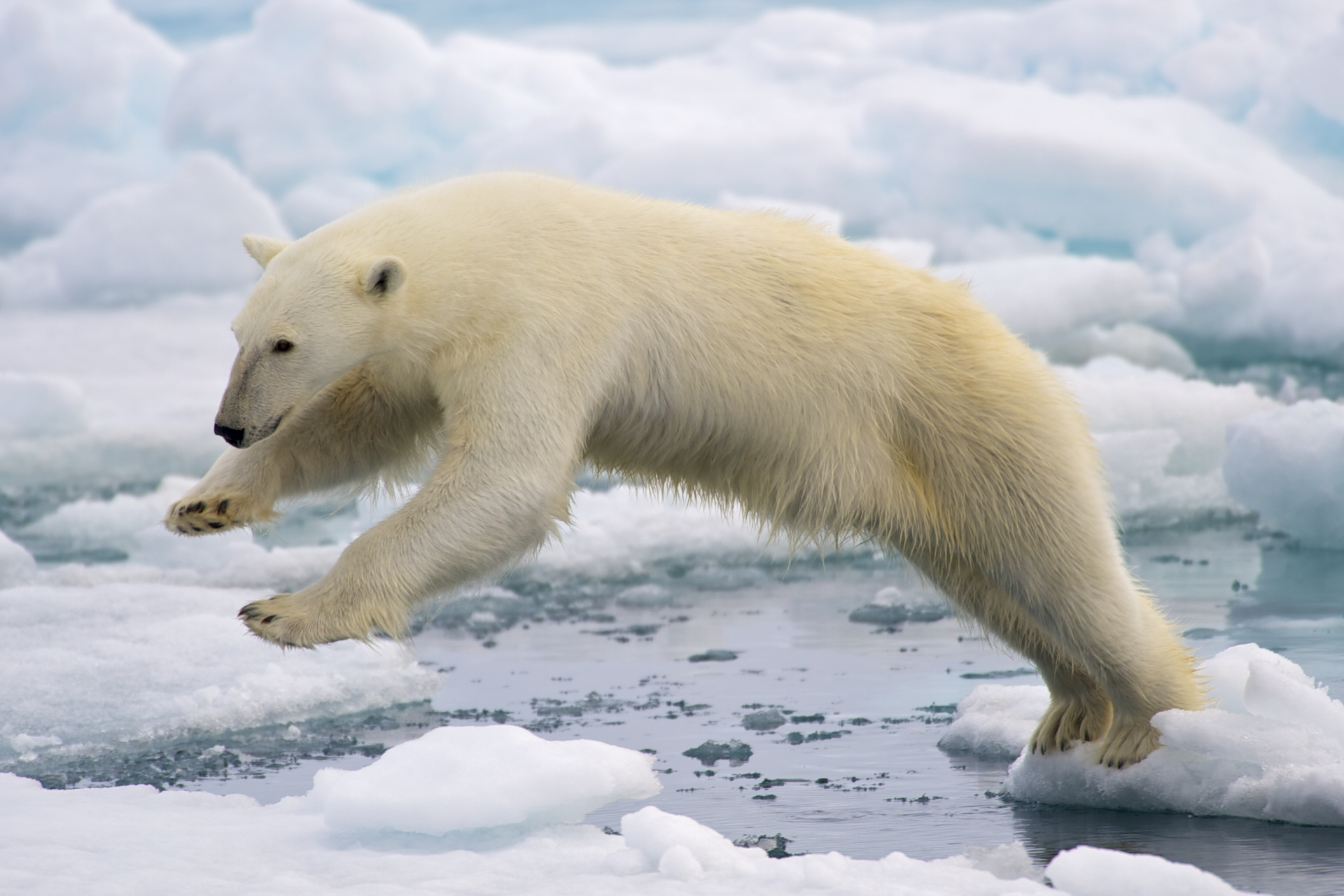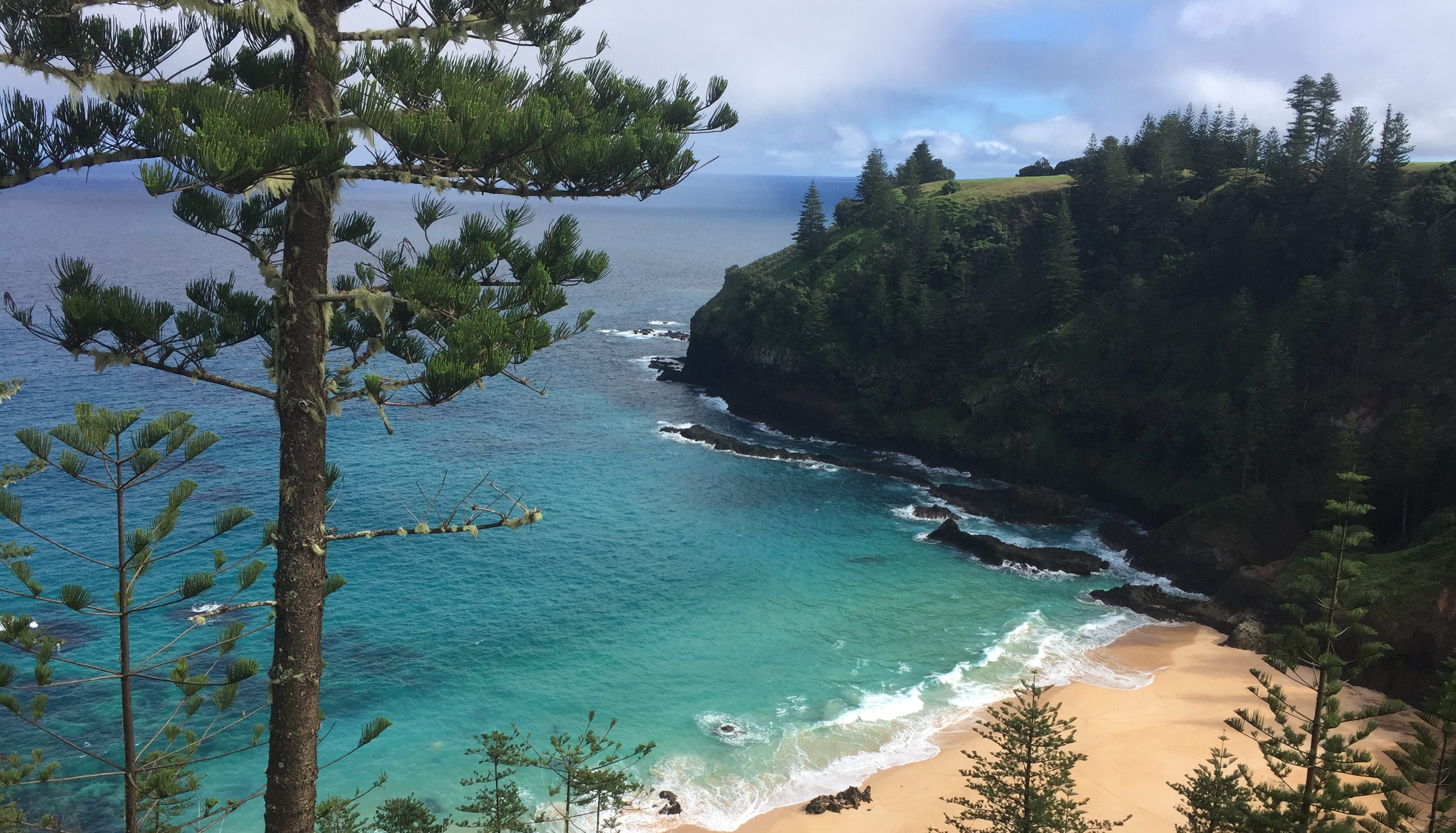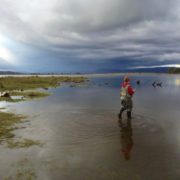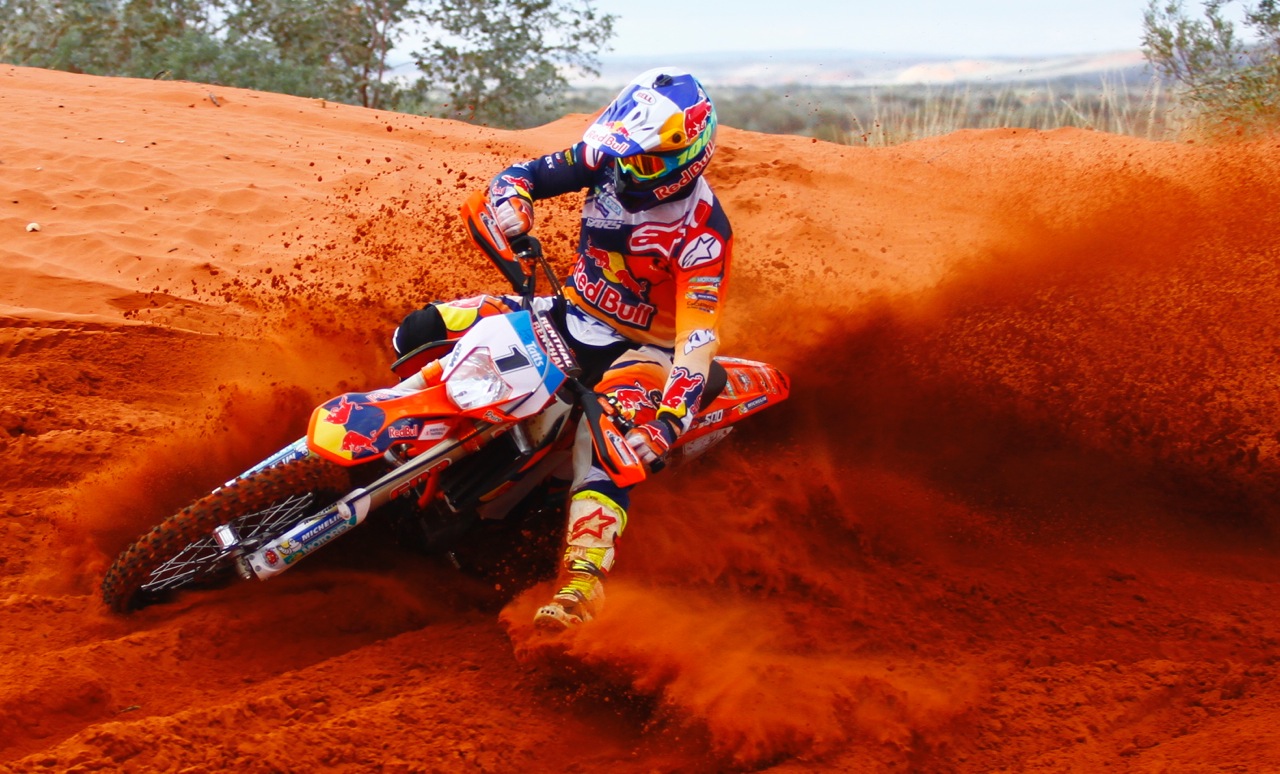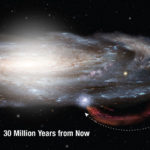Apex Predator
I recently saw a stupid advertisement for a car, the Hyundai Tucson, in which a scantily clad young lady casually removes her belt and lashes out at a snake that appears to be quite innocently gliding past. The predator girl is striking in both senses of the word but the snake is also a creature of great beauty and apparently minding its own business. I can’t recall anything about the vehicle or indeed ever hearing about it. Which is strange as the commercial could easily be seen as a blatant promotion for the random eradication of snakes. See a snake and kill it!
“This won’t run for long,” I thought, my PC receptors twitching in the assumption that Bob Brown or Australia Zoo or the Australian Herpetological Association would quickly object to such casual destruction of our wildlife. Bad publicity, I was sure, would see the Tucson go the way of the Leyland P76, which celebrates its fortieth birthday this year and for older readers will bring back some very funny memories.
But no, I discovered the Tucson commercial had been running since early last year. Either I missed the outcry or the sales pitch was totally eclipsed by that other much more catchy campaign, “Guess who bought a Jeep”. I should disclose that Jeep is a sponsor of ‘60 Minutes’ on the Nine Network. But no, that wasn’t me been tooling around the west coast in a Jeep, tearing up the countryside and desecrating archaeological middens. Nor have I been killing snakes.
In fact I was in Norway, as far away as you can get, at 78 degrees north, well inside the Arctic Circle in the frozen wastes of a place called Svalbard, where Nature really is mean and even brave men are afraid. It is considered dangerous to venture far from the confines of town without being properly armed. Svalbard is about the size of Tasmania. There are about 3000 people and they are seriously outnumbered by polar bears.
Svalbard is a place that concentrates the mind with a biological reality long lost to most of modern humanity; the frightening notion that we are not always the apex predator. There are still places in the world where we are not the most dangerous of animals.
The landscape was white and in early March, still semi-dark. The bears are white of course and so almost invisible and in the sub-zero temperatures they are always hungry. Wondering whether I would get to see a bear while I was out filming I was told, “If you see a bear and you are not in a vehicle or a boat, its probably too late. You’re dead. He’s seen you first. They can smell their prey miles away”
“Never go out alone”, they told me. “Always take someone with you and always make sure that you can run faster than your companion.” Adult male bears can stand erect at well over three meters and weigh up to 700kg. Alarmingly, they can sprint at up to 40 kilometers an hour. Leaner, hungrier bears are the fastest but even a fat slow one could easily catch Hussein Bolt.
You might as well, just like the Hyundai predator girl, remove your belt and flick it at the bear.
The more practical advice is always to go armed with a high calibre weapon and carry flares to fire between you and the bear. They will sometimes scare him off. If not, you are in trouble. He will quite literally eat you alive. The law says you must only use a rifle as a last resort. In Svalbard, killing a polar bear is a serious offence, punishable by high fines and imprisonment. You will have to prove in court that you were justified in killing the animal. I never did determine what legally constitutes ‘reasonable force’ in the face of 700kg of hungry bear heading towards me at 40kph.
Around the fire in snowbound cabins the locals will regale you with terrible tales. Such as this story about two campers, who tried to do all the right things. They surrounded their tent with trip wires attached to flare guns to scare any intruding bear. They also had a rifle in the tent. But something went wrong and the flare didn’t work. The bear entered the tent and took one of the men by the shoulder. In the struggle his rifle came apart and the bear dragged him away, changing its grip to take the camper’s head in its enormous jaws. Fifty meters from the tent the bear stood erect with the man dangling from its mouth, his feet kicking helplessly in the air. He could smell the foul breath of the animal and he could hear the sounds of his own skull bones cracking and feel the crunching of the bear’s teeth breaking into his head.
Meanwhile the other camper had been scrabbling around in the snow trying to reassemble the rifle. Finally he succeeded and killed the bear. His friend though bloodied and battered survived, though he never again camped out in bear country. The police conducted an enquiry and after due deliberation they found that the killing had been justified and no charges were laid.
The Norwegians are an outdoor people, despite their rigorous climate. Unlike Australians they are close to nature and inhabit their whole country. Perhaps we are largely out of touch with our own land because 75 percent of us live in five major cities. Snakes are scary and should be killed. Sharks and crocodiles are evil and must be punished. The attitude in Norway is entirely different. Polar bears are accorded almost citizenship rights in the frozen white north. Had the bear in the story escaped, I learned there would have been no retaliation.
“The bear”, I was told at the end of that grizzly fireside tale “was just being a bear.”
…………………..
Photo: Polar Bear jumping, in Spitsbergen Island, Svalbard, Norway by Arturo de Frias Marques (Own work)
[CC BY-SA 4.0], via Wikimedia Commons.

